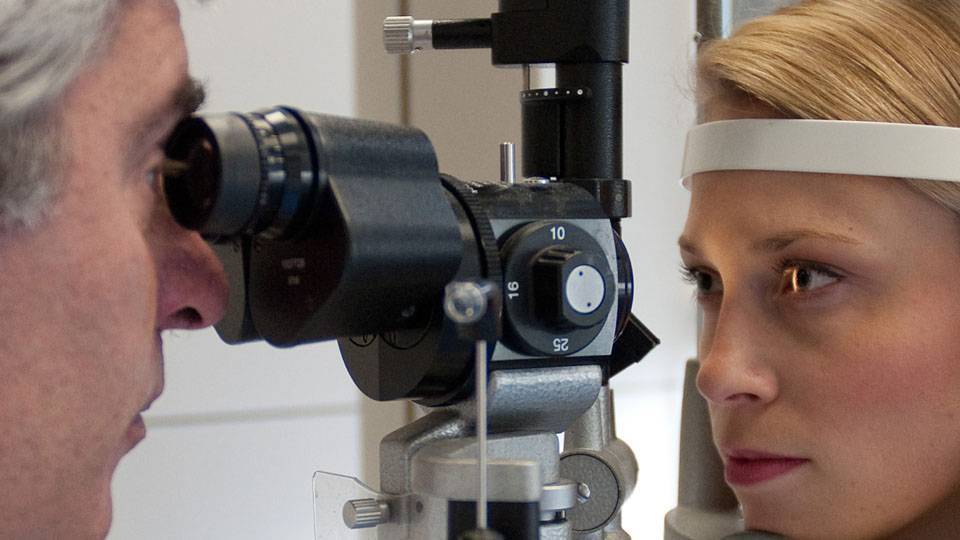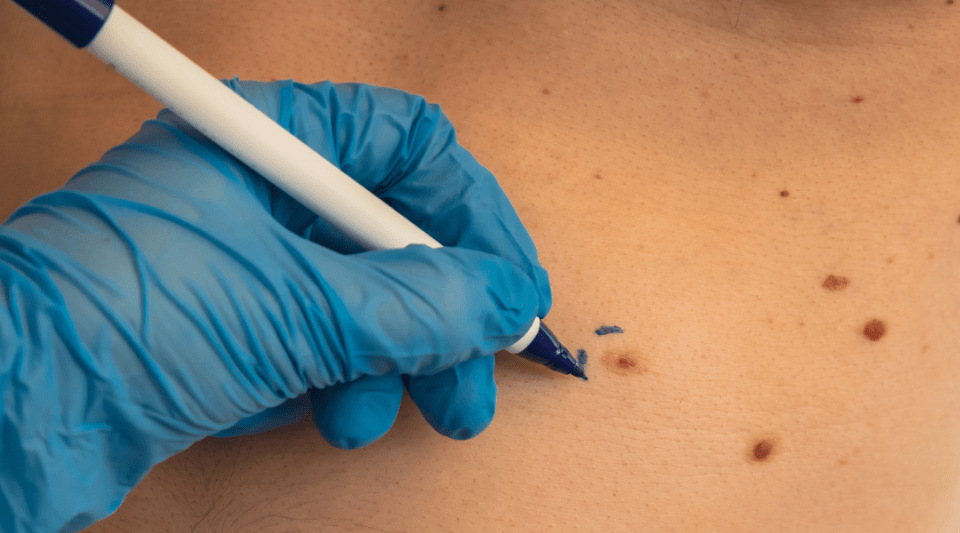Age-related macular degeneration (AMD) is currently the main cause of visual disability in people aged over 65 years. In particular, exudative or “wet” AMD causes an accumulation of liquid in the retina, haemorrhages and functional deterioration. It requires chronic treatment involving intraocular injections, which must be given at a hospital or healthcare centre. There are various treatment regimens, but the frequency of the injections and the demand for visits for clinical control generate excessive pressure on the public healthcare system.
To try and optimise these visits, the Ophthalmology Institute at Hospital Clínic has carried out an investigation that involves more than 100 patients with AMD. This work established a protocolized methodology for treatment of AMD through a fixed bimonthly regime, with an annual average of three monitoring visits, which can subsequently be personalised depending on response to the treatment.
Depending on the case, treatment of AMD with injections and clinical controls may be necessary every month, which accounts for significant pressure on the health system, as this is a very prevalent disease in the population. Furthermore, it involves multiple hospital visits for affected persons, who tend to be elderly. Coming into hospital can be very inconvenient for this population, especially if it is not close to their home.
The advantages of this new protocol in terms of care were clear. The main aim was to demonstrate that the treatment was equally as effective, and that this system of more spaced out visits was satisfactory for patients. To evaluate this, patients were monitored for a year. In patients with high clinical compliance, the clinical effectiveness and the benefits to the health system of this protocolised treatment regime could be confirmed. This fixed bimonthly regime demonstrated good clinical response, was able to optimise logistics, and was shown to be comfortable and safe for all patients.
The prevalence of AMD increases with age, affecting up to 8 in every 100 people over 65 years of age, and up to 30 in every 100 people over 85 years, according to the Spanish Retina and Vitreous Society.
Due to a global ageing population, AMD is becoming more and more common, which generates more and more pressure on the health system. This means that finding ways to optimise treatment, such as the one described in this study, is of particular importance.
Author: Ricardo Casaroli, ophthalmologist at the Clinical Ophthalmology Institute, Hospital Clínic de Barcelona




